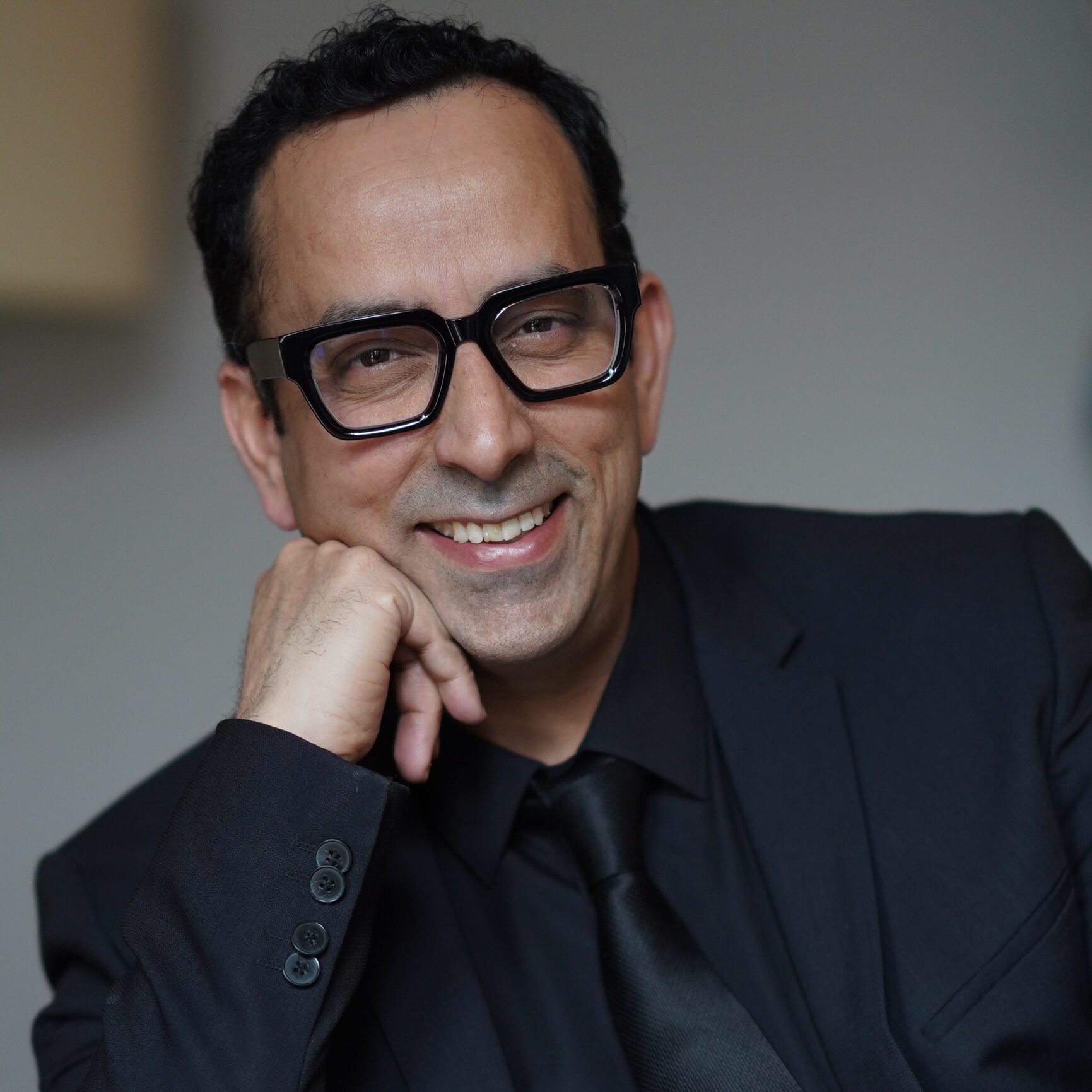Dr. Iain Douglas-Hamilton: Founder of Save the Elephants, Dr. Douglas-Hamilton has been a pioneer in using radio and satellite tracking for monitoring elephant movements, thus gaining insights into their behavior and migratory patterns.
Dr. Jane Goodall: Although best known for her groundbreaking work with chimpanzees, Dr. Goodall’s legacy includes embracing modern technologies, such as satellite imagery and tracking, to monitor and conserve wildlife habitats.
Dr. Krithi K. Karanth: As the Chief Conservation Scientist at the Centre for Wildlife Studies in India, Dr. Karanth is involved in using tech for conflict resolution between humans and wildlife, utilizing data analytics and geospatial modeling.
Dr. Greg Asner: With the CAO (Carnegie Airborne Observatory), Dr. Asner combines LiDAR technology and hyperspectral imaging to map out and study intricate ecosystems, focusing on biodiversity conservation.
Steve Gulick: A notable figure in the field of bioacoustics, Gulick has innovated software for the automatic identification of bird calls and songs, making it easier to monitor avian populations.
Dr. Lucy Hawkes: An expert on animal movements, Dr. Hawkes uses advanced telemetry techniques, such as satellite and archival tracking, to uncover the mysteries of migratory patterns in various species.
Dr. Tanya Berger-Wolf: As a computational ecologist, she co-founded Wildbook, a software platform that uses AI and computer vision to identify individual animals through photographs, helping in population tracking.
Dr. Meredith Palmer: She has been instrumental in integrating technology with wildlife research, using trail cameras and other remote sensing tech to study predator-prey interactions in various ecosystems.
Martin Wikelski: As the director of the Max Planck Institute for Ornithology, he leads the ICARUS initiative, which uses satellite technology to track small animals worldwide, providing vast data for migration and behavior studies.
Ollie Wearn: Known for his work with the ZSL’s (Zoological Society of London) Instant Wild project, Wearn has been pivotal in leveraging camera trap images and citizen scientists for monitoring wildlife.

